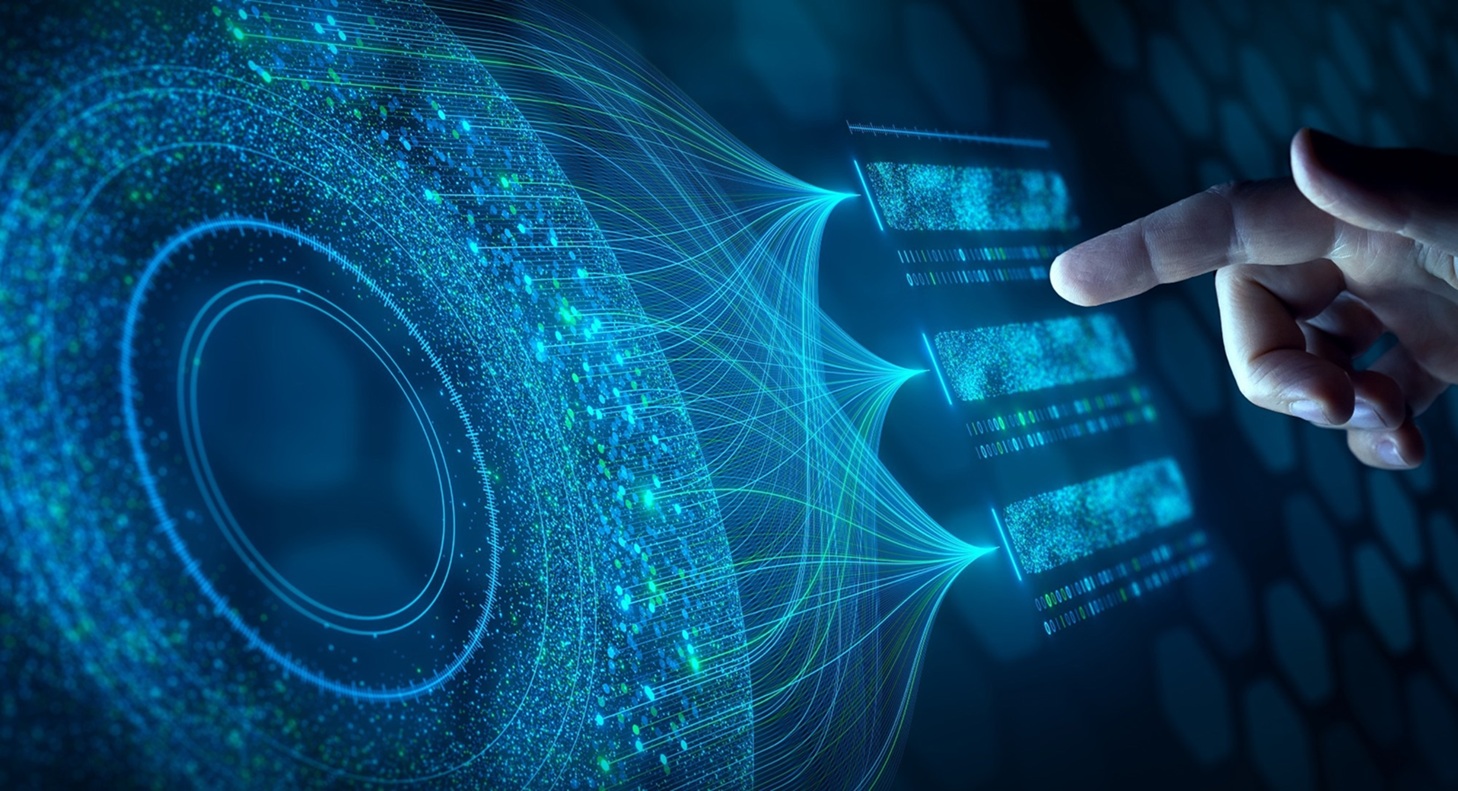The Intersection of Art and AI Neural Networks in Creative Industries

Artificial Intelligence (AI) has been making significant strides across various industries, and the creative sector is no exception. The intersection of art and AI, particularly with neural networks, is revolutionizing how creatives approach their craft. This blend of technology and creativity is leading to a new era where machines are not just tools but collaborators in the artistic process.
Neural networks form the backbone of AI systems. They’re designed to mimic the human brain’s structure and function, learning from experience and improving over time. In the realm of art, these neural networks are used to analyze vast amounts of visual data, understand patterns and nuances that define different styles or periods, and generate new pieces based on these learnings.
One example of this intersection between art and AI is style transfer—an algorithmic technique where an AI system applies the stylistic elements of one image onto another while preserving its service for generating content with neural network. Artists can use this technique to experiment with various styles without spending hours mastering them manually.
Generative adversarial networks (GANs), another subset of AI models, have also found their place in contemporary art creation. These algorithms consist of two parts: a generator that creates images from random noise, and a discriminator that tries to distinguish between real artworks and those produced by the generator. Through continuous competition between both parts, GANs eventually produce highly realistic creations that could easily be mistaken for human-made artwork.
The advent of AI-art has opened up discussions around originality and authorship in creative industries as well—can we consider an artwork created by an artificial intelligence as ‘original’? And who owns it—the programmer who designed the algorithm or the machine itself? These questions challenge traditional notions tied to creativity but also pave way for exciting possibilities for artists worldwide.
However, it’s essential not to view this technological advancement as replacing artists but rather enhancing their capabilities. Artistic expression will always require emotional intelligence—a trait unique to humans—at its core; what artificial intelligence does is provide a new set of tools that artists can use to push boundaries and explore uncharted territories in their work.
In conclusion, the intersection of art and AI neural networks is transforming the creative landscape. It’s enabling artists to experiment with different styles, create complex pieces with less effort, and even challenge traditional concepts around creativity and ownership. As this technology continues to evolve, it will undoubtedly continue to shape the future of art in ways we are yet to imagine.






